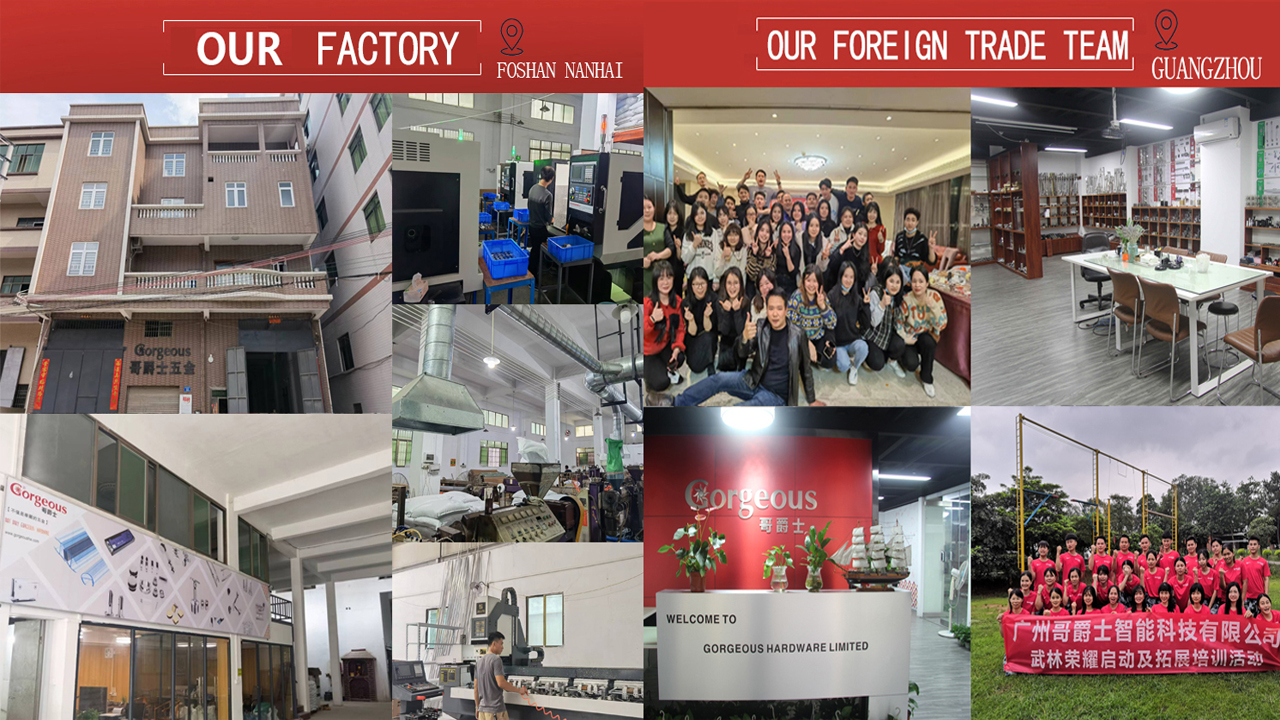
ABOUT
PRODUCTS
High Quality Connector Bolts for Iron Side Panel Cabinets
Material Selection: The Foundation of Strength and Durability
The material of the connector bolt is paramount to its performance. High-quality bolts for iron side panel cabinets typically utilize high-strength steel alloys, such as carbon steel or stainless steel. Carbon steel offers excellent strength-to-weight ratio and cost-effectiveness, making it a popular choice for many applications. However, it is susceptible to corrosion, particularly in humid or chemically aggressive environments. Therefore, a protective coating, such as zinc plating, powder coating, or even galvanization, is often applied to enhance its lifespan and resistance to rust.
Stainless steel, on the other hand, offers superior corrosion resistance, making it ideal for applications where exposure to moisture or corrosive substances is unavoidable. Grades like 304 and 316 stainless steel are common choices, offering varying degrees of corrosion resistance and strength. While stainless steel is more expensive than carbon steel, its longevity and reduced maintenance costs often justify the higher initial investment, especially in critical applications.
The selection of the appropriate material depends heavily on the specific operating environment of the cabinet and the overall desired lifespan. Careful consideration of factors like humidity, temperature, chemical exposure, and the required load-bearing capacity is essential for making an informed decision.
Thread Design and Precision Manufacturing: Ensuring a Secure Fit
The thread design plays a crucial role in the bolt's ability to securely fasten the iron side panels. High-quality connector bolts employ precisely engineered threads that ensure a tight, consistent grip on the mating surfaces. Variations in thread pitch and profile can significantly impact the clamping force and overall holding power. Metric threads are commonly used due to their widespread adoption in industrial applications.
Precision manufacturing is essential for maintaining consistent thread quality. Imperfections in the threads can lead to uneven clamping force, reduced holding power, and an increased risk of stripping or damage. High-quality bolts are manufactured using advanced techniques that ensure accurate thread dimensions and a smooth, uniform surface finish. This minimizes friction during installation and helps to maximize the bolt's clamping force and overall strength.
The selection of the appropriate thread size and type is crucial for optimal performance. It must be carefully chosen based on the thickness of the iron panels and the overall load requirements of the cabinet.
Head Style and Drive Type: Optimized for Installation and Usability
The head style and drive type of the connector bolt influence its ease of installation and overall usability. Several head styles are commonly used, including hex heads, pan heads, countersunk heads, and button heads. The choice of head style depends on the accessibility of the bolt location and the desired aesthetic appearance. Hex head bolts are commonly preferred for their ability to withstand high torque and provide a strong grip for tightening tools.
The drive type refers to the shape of the recess in the bolt head designed for engagement with a wrench or screwdriver. Common drive types include hex drive, Phillips drive, and Torx drive. Each has its advantages and disadvantages in terms of ease of use, torque transmission, and resistance to cam-out. Hex drive is generally favored for its robust torque transmission and resistance to stripping.
Selecting the appropriate head style and drive type ensures ease of installation, minimizes the risk of damage during assembly, and contributes to the overall efficiency of the cabinet assembly process.
Corrosion Protection: Extending the Lifespan in Harsh Environments
Protecting the bolts from corrosion is critical for ensuring their long-term performance, particularly in demanding environments. Several methods are employed to provide corrosion protection, including zinc plating, powder coating, and galvanization. Zinc plating provides a thin layer of zinc that acts as a sacrificial anode, protecting the underlying steel from rust. Powder coating offers a thicker, more durable coating that provides excellent protection against abrasion and corrosion.
Galvanization, a process of dipping the bolt in molten zinc, provides a robust and long-lasting protective coating, suitable for extremely harsh environments. The choice of the most appropriate corrosion protection method depends on the specific environmental conditions and the desired level of protection. In particularly harsh environments, combining different methods, such as galvanization followed by powder coating, can provide exceptional corrosion resistance.
Investing in corrosion protection significantly extends the lifespan of the connector bolts, reducing the need for replacements and ensuring the long-term structural integrity of the iron side panel cabinet.
Quality Assurance and Testing: Ensuring Consistent Performance
High-quality connector bolts undergo rigorous quality assurance and testing procedures to ensure consistent performance and reliability. These procedures typically include dimensional inspections, tensile strength testing, and corrosion resistance testing. Dimensional inspections verify that the bolt conforms to the specified dimensions, ensuring a proper fit and function. Tensile strength testing measures the bolt's resistance to breaking under tension, ensuring that it can withstand the expected loads.
Corrosion resistance testing assesses the bolt's ability to withstand exposure to corrosive environments. These tests often simulate real-world conditions to determine the bolt's lifespan under various environmental stresses. Reliable suppliers employ stringent quality control measures at every stage of the manufacturing process, from raw material selection to final inspection, ensuring that only high-quality bolts leave the facility. Choosing a reputable supplier that prioritizes quality assurance is crucial for ensuring the reliability and longevity of the connector bolts and the entire cabinet structure.
By understanding the intricacies of high-quality connector bolts and the factors affecting their performance, users can make informed decisions that contribute to the robust construction and long-lasting functionality of their iron side panel cabinets.
SUBSCRIBE
INQUIRY
